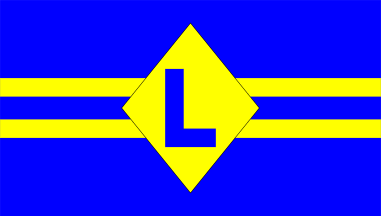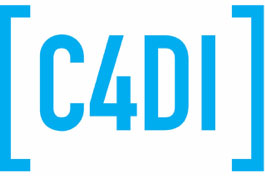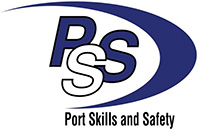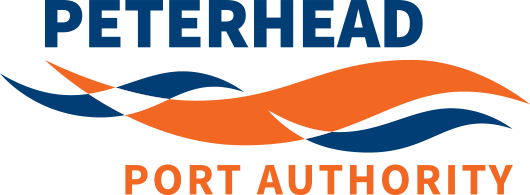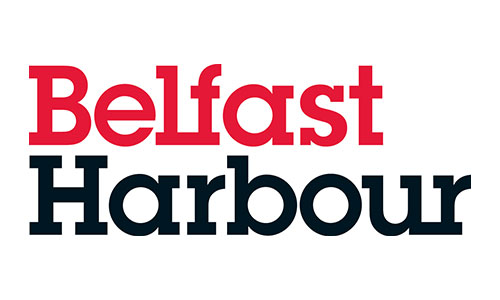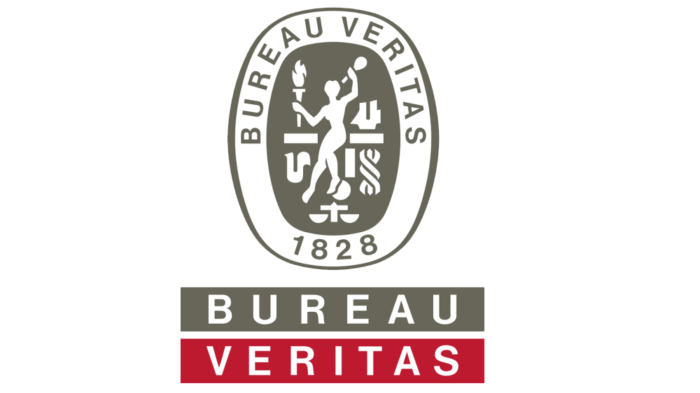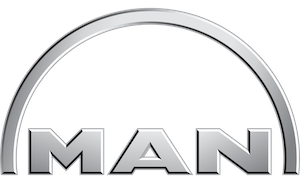Pilot ladders can be heavy, especially long ones. The materials with which they are made are, by their very nature, heavy materials! Ships without the luxury of a powered pilot ladder winch commonly rig a retrieval line (also referred to as a tripping line) that is designed to assist with the recovery of a pilot ladder after use. By having a rope tied to a lower point on the ladder it can greatly assist the ships crew in recovering the ladder in an efficient manner.
Sadly the vast majority of vessels using such a retrieval line do so incorrectly and put the pilot in unnecessary danger. Pilot Ladder tripping lines rigged inappropriately are the greatest non-compliance reported by pilots in the IMPA annual pilot ladder survey. The rules surrounding the use of retrieval lines forms part of IMO Resolution A1045(22) which states;
2.1.5 When a retrieval line is considered necessary to ensure the safe rigging of a pilot ladder, the line should be fastened at or above the last spreader step and should lead forward. The retrieval line should not hinder the pilot nor obstruct the safe approach of the pilot boat.
The text couldn't be clearer, the line should be fastened to the ladder no lower than the lowest spreader and lead forward. So why do so many vessels get it wrong? One answer may be that standing forward of the ladder when rigging it is an unusual place to stand, particularly when an accommodation ladder is to be used in conjunction with the ladder. Maybe the crew are concerned the retrieval line could foul the deployment of the accommodation ladder or maybe, as seen in many vessels, they are tending this line as the pilot boat comes alongside and therefore wish to have control of it. The reason for tying the retrieval line beneath the lowest spreader is more obvious as it allows the crew to make the most effective recovery of the ladder by lifting it up in a loop from the bottom.
The danger presented by retrieval lines is significant. Pilots could easily become caught in such lines if rigged too low with the danger this could present as they then attempt to climb the ladder. Furthermore the pilot boat could become snared on such a line if incorrectly rigged with the huge danger this would pose as the pilot boat came away from the ships side pulling the pilot ladder with it.
Whatever the reason for incorrect rigs it is essential that the competent officer supervising the rigging of the ladder is familiar with the requirements surrounding retrieval lines and ensures the rules are adhered to. An incorrectly rigged retrieval line is likely the first thing a pilot will see and from which he or she will form a first impression about the standards of the ship itself. Our comprehensive pilot ladder training covers this and everything else pilot ladder related.
So remember when rigging a retrieval line do it NO LOWER THAN THE LOWEST SPREADER, ALWAYS LEADING FORWARD!





